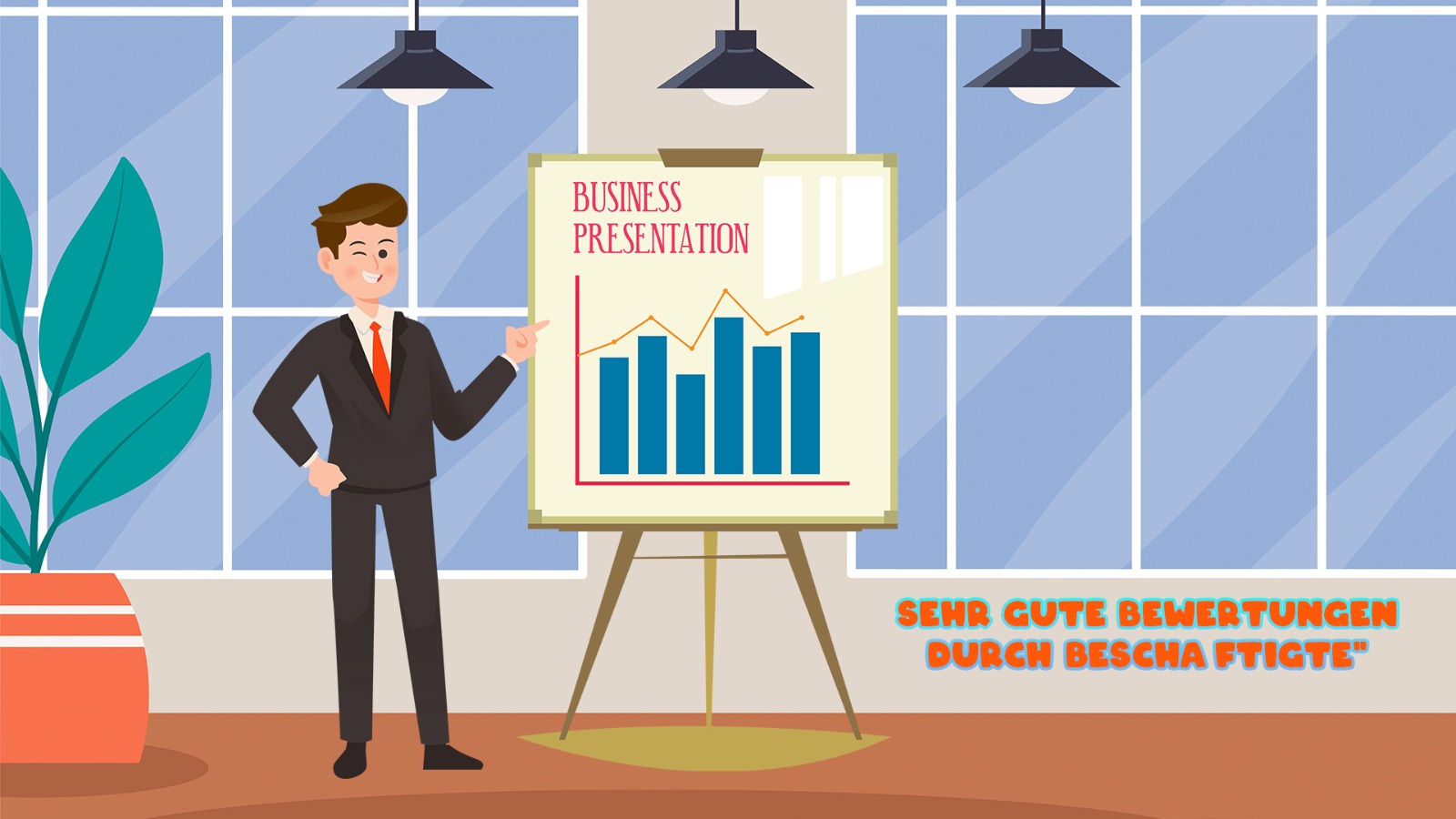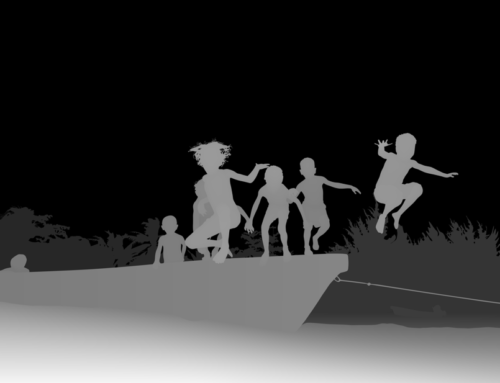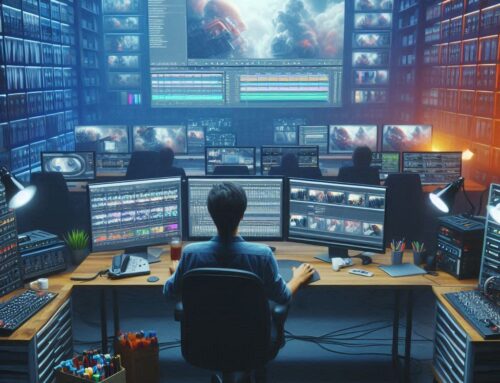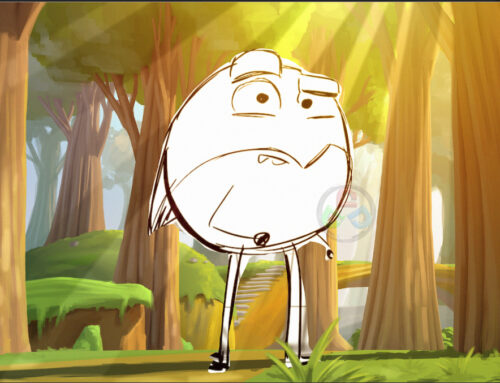 Welcome to the world of 2D animation, a captivating and enduring art form that continues to enthrall audiences around the globe. Whether you’re a novice eager to explore the fascinating realm of 2D animation or an experienced artist looking to hone your skills, our detailed guide will lead you through the intricate journey of creating 2D animations.
Welcome to the world of 2D animation, a captivating and enduring art form that continues to enthrall audiences around the globe. Whether you’re a novice eager to explore the fascinating realm of 2D animation or an experienced artist looking to hone your skills, our detailed guide will lead you through the intricate journey of creating 2D animations.
Understanding 2D Animation
2D animation is a versatile medium widely used in various forms of entertainment and media, including TV shows, indie video games, feature films, and advertisements. It involves creating the illusion of movement within a two-dimensional world by combining images of varying heights and widths. Unlike 3D , which adds depth, 2D moving videos relies on the interplay of width and height to convey motion.
Types of 2D Animation
1. Traditional Animation: Also known as hand-drawn or classical animation, this method entails manually drawing each frame. It is celebrated for its artistic expression.
2. Modern Animation: In contrast, modern 2D animation utilizes computers and specialized software to streamline the process, offering efficiency and flexibility.
Contrasting 2D and 3D Animation
While 3D and 2D animation share similarities, they diverge significantly when it comes to production. Both start with pre-production tasks like storyboarding, character design, and script development. However, the key distinction arises during the main production phase:
– 3D Animation: This process involves creating 3D computer-generated models of characters, props, and sets. It relies heavily on computer technology for rendering, modeling, and texturing.
– 2D Animation: In 2D , artists draw each frame by hand or digitally. It preserves the classic, handcrafted feel and doesn’t require complex 3D modeling.
Applications of 2D Animation
2D finds its place in numerous fields, including:
– Product Commercials: Engaging animated ads that promote various products or services.
– Educational Films: Animated content used for educational purposes.
– Feature Films: Traditional theatrical films with a runtime longer than 60 minutes.
– Music Videos: Animation used to complement and enhance music tracks.
– Web Animation: Animated content created for websites and online platforms.
– Original Animated Videos: Programs created for home video playback, like videotapes, laser discs, or DVDs.
– Short Feature Films: Theatrical films shorter than 60 minutes but longer than 30 minutes.
– Short or Experimental Subjects: Theatrical or television films shorter than 30 minutes.
– TV Series: Shows with episodes lasting at least 30 minutes.
– TV Specials: Longer shows with a duration of an hour, including segments.
– Television Bumpers: Short, introductory or ending segments of TV programs.
– Video Games: Animations for in-game sequences and cutscenes.
– Video Game Trailers: Promotional videos for video game releases.
– Architectural Animation: Used in architectural presentations and visualizations.
– Medical or Industrial Films: Animated content used for medical or industrial purposes.
– Multi-Path Movies: Interactive movies with branching storylines.
– Logos, Intros, and Credits: Animated elements used in branding, avatars, banners, and web advertising.
– Mobile Phone Images: Animated content designed for mobile devices.
Different Types of 2D Cartoons

Beyond entertainment, 2D animation serves various purposes, including marketing and branding. Let’s explore some common types:
1. Computer Animation (CGI): Generated using computer graphics, CGI animation combines traditional animations with computerized enhancements.
2. Stop Motion Animation: Real-world objects appear to move through meticulous manipulation and frame-by-frame photography.
3. Motion Graphics: Primarily focused on graphics and text, motion graphics are used for logos, explainers, and titles.
4. Whiteboard Animation: Simulates black-line graphics drawn on a white background, ideal for conveying complex concepts.
5. Infographic Animation: Simplifies complex information using animated slides or infographics.
The 2D Animation Creation Process
Now, let’s delve into the intricate process of creating 2D animations, which comprises three main stages: pre-production, production, and post-production.
Pre-Production Stage
1. Finding Inspiration: Every animation starts with a compelling story. Seek inspiration from various sources, including movies, music, personal experiences, and more.
2. Developing an Idea: Collaborate with directors and producers to refine the story, enhancing its depth and appeal to the target audience.
3. Finalizing the Script: Write the dialogue for the animation, considering the intended audience. The script may evolve during production.
4. Scheduling the Production: Plan the entire project, including deadlines, preliminary data, crew roles, recruitment, and budgeting.
Production Stage
5. Designing: Create character and background designs, ensuring they align with the overall vision of the animation.
– Character Designing: Collaborative efforts to develop characters with distinctive features.
– Location Designing: Designing the settings and backgrounds, from simple rooms to entire landscapes.
6. Composing Theme Songs (Optional): If your animation includes music, compose catchy and memorable songs that align with the story.
7. Storyboarding: Create a visual blueprint of the animation, sketching each scene’s action and character movements. Use a bar sheet to organize sequences.
8. Concept Art: Develop the artistic style, color schemes, and overall visual direction for the animation. Concept art inspires the creative team.
9. Voice Recording: Record character voices, which involves casting, character presentation, and recording sessions.
10. Animating: This is where the animation truly takes shape. Key animators draw essential character poses, while inbetweeners add intermediate frames for smooth motion.
– Key Animators: Assigned to specific characters, they draw essential frames without fluid motion.
– Tweening Artists (Inbetweeners): Fill in the frames between key poses to create fluid animation.
Post-Production Stage
11. Inking and Coloring: Convert pencil sketches into clear, inked outlines on celluloid sheets. Modern methods may involve digital inking and coloring.
12. Background: Create painted or digitally designed backgrounds that serve as the settings for the animation.
13. Visual Effects: Employ computer-generated effects for complex scenes, enhancing visuals and efficiency.
14. Sound Design: Record sound effects and ambiance to enrich the audio experience. Compose background music to match the mood of the scenes.
– Sound Effects: Recorded to create texture and depth in the audio.
– Background Music: Enhances emotional resonance and atmosphere.
15. Final Assembly: Assemble dialogues, music, and sound effects, synchronizing them with the animation. This stage involves audio mixing and fine-tuning.
Frequently Asked Questions About 2D Animation
Is 2D animation harder than 3D?
The difficulty comparison between 2D and 3D animation is subjective. 3D animation often involves a more technical and time-consuming production pipeline, while 2D animation allows for greater artistic expression. Both require skill and dedication.
Is 2D animation a good career choice?
The animation industry is thriving, creating opportunities for skilled animators. With dedication and honed skills, a career in 2D animation can be rewarding and creatively fulfilling. – Join our team.
Is 2D animation cheaper than 3D animation?
The cost of animation varies based on factors such as duration, quality, and complexity. 2D animation can be cost-effective for certain projects, but depending on specific requirements, it may not always be cheaper than 3D animation.
Is AI capable of creating 2D animation?
Yes, AI can create basic 2D Motion Graphics like this with minimal Animation and Characters. (Creadits – Kapwing)
2D Animation With 3D Services India
At 3D Services India, we are passionate about bringing 2D Videos to life. Our dedicated team is committed to visual storytelling, breathing life into 2D animation projects with quality and creativity. If you’re seeking professional 2D animation services, you’re in the right place. Explore our portfolio and contact us to bring your animation ideas to reality.
In conclusion, 2D animation is a rich and diverse medium with a captivating history and a promising future. Whether you’re an aspiring animator or a business looking to harness the power of animation, understanding the comprehensive 2D animation production process is a crucial step towards creating compelling and engaging content.
Contact – +15109625510
info@3dservicesindia.com





